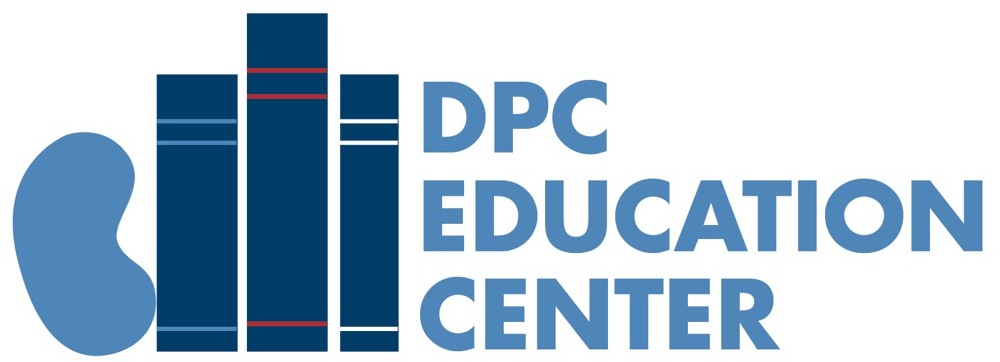Many prospective patients think that their only option for end-stage renal disease (ESRD) is dialysis in a center at least three times a week for an average of four hours a session. This however is not true and there are several other types of options available including peritoneal dialysis (PD), home hemodialysis and transplants. For more information on home hemodialysis options visit our class here.
Peritoneal Dialysis (PD) is a treatment that utilizes your peritoneum, a membrane lining your abdominal cavity, as a filter to remove wastes from your body. Your peritoneum does a similar job as the dialyzer on a dialysis machine during treatment or that your kidneys do every day. Waste products and fluid pass through the membrane into dialysate (dialysis fluid) and the fluid is drained with the waste products. Your peritoneum is what separates your blood from the dialysis fluid and allows the process to occur. Each time fluid is added to the abdomen and extra fluid and wastes are removed is called an exchange. PD has been used in the United States since the 1980’s and improvements continue to be made to ensure it is a safe and effective treatment (1). There are potential benefits and negatives to the treatment and those will be covered in the rest of the class. Upon completing this class, you should be able to make a more informed treatment decision.
1. National Kidney & Urologic Diseases Information Clearinghouse (NKUDIC). (2010), Treatment Methods for Kidney Failure: Peritoneal Dialysis. Retrieved from http://kidney.niddk.nih.gov/kudiseases/pubs/childkidneydiseases/overview.



